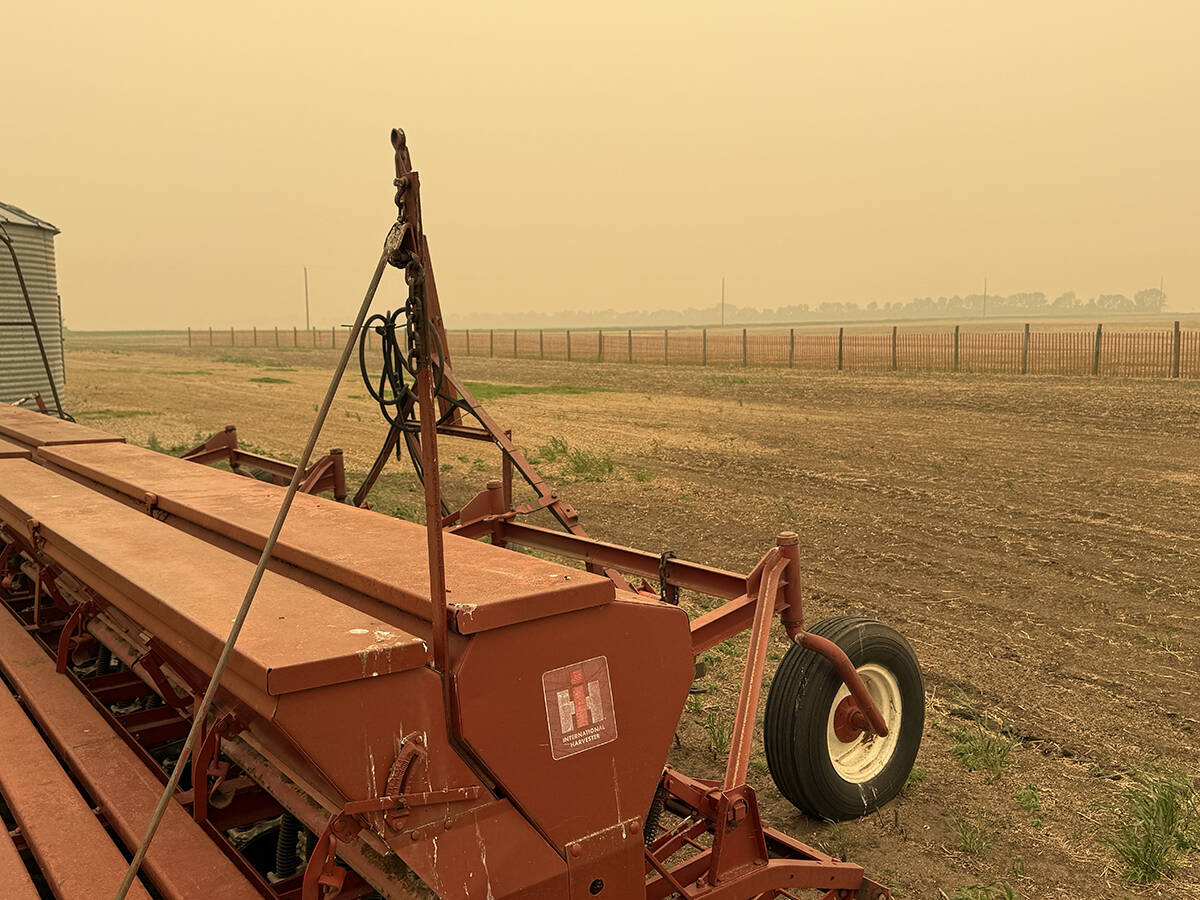The Saskatchewan Forage Council is turning up the heat on invasive plant species like leafy spurge, Canada thistle, absinthe and downy brome.For years, invasive plants have had a free ride in many parts of Saskatchewan, said Janice Bruynooghe, executive director with the forage council.They’ve set up shop in pastures, tame and native forage crops and sensitive riparian areas. They’ve hitched rides in outbound hay shipments and they’ve colonized new areas with little or no resistance.According to Bruynooghe, it’s time for forage producers to stand up and take action.Last month, the council launched a $110,000 project aimed at increasing producer awareness of invasive plants, assessing control strategies and improving farm management practices.About $93,000 of the project’s budget will be delivered through the Canadian Agricultural Adaptation Program, a federal funding program administered in Saskatchewan by the Agriculture Council of Saskatchewan.The project has also secured monetary and in-kind support from a variety of forage industry stakeholders, including the Saskatchewan Forage Seed Development Commission.“We’re addressing the fact that invasive plant species are a threat in Saskatchewan and that there are things that we, as an industry and as producers, can do to control that threat,” said Bruynooghe.The forage council project comprises three main components: an education and awareness campaign, an assessment of control measures and programs being used in other jurisdictions and a regional pilot project that will promote the production of weed-free forage and use a certification system to ensure that forages are free of invasive plants.Work aimed at increasing awareness and education has already begun, Bruynooghe said.Fact sheets will be prepared and distributed to producers, information will be offered at producer meetings and the council will develop a provincial invasive plant species identification guide.The weed free forage pilot project and certification program will commence in 2011 and will involve about 15 to 18 producers from southern Saskatchewan who are part of the Frenchman–Wood River Weed Management Area.The Frenchman–Wood River Weed Management Area consists of forage and livestock producers that are using a co-ordinated approach to fighting invasive plant species.The group’s goals are to implement management strategies for existing weed species, assess control strategies through mapping and monitoring and identify areas where new invasive species are emerging, such as scentless chamomile, field bindweed and spotted knapweed.Among other things, a voluntary certification program could help the industry manage risks associated with transporting invasive plants in forage shipments.In many cases, forage producers unknowingly spread invasive species when they sell their feed and ship it to producers in other areas.
Read Also

Wildfires have unexpected upside this year
One farmer feels smoke from nearby wildfires shrouded the July skies and protected his crop from the sun’s burning rays, resulting in more seeds per pod and more pods per plant.















